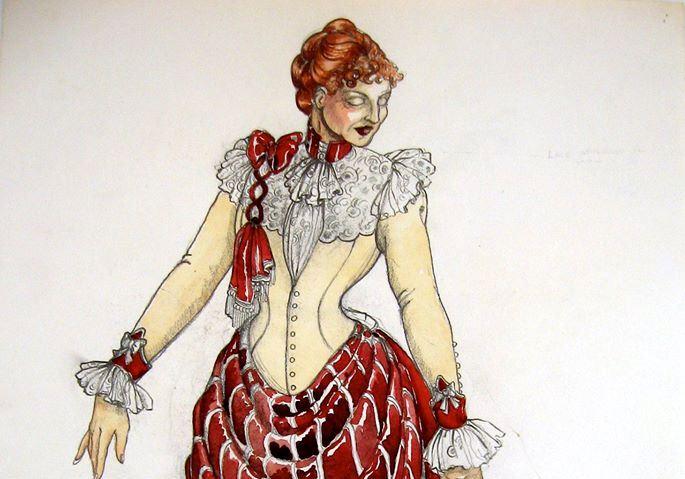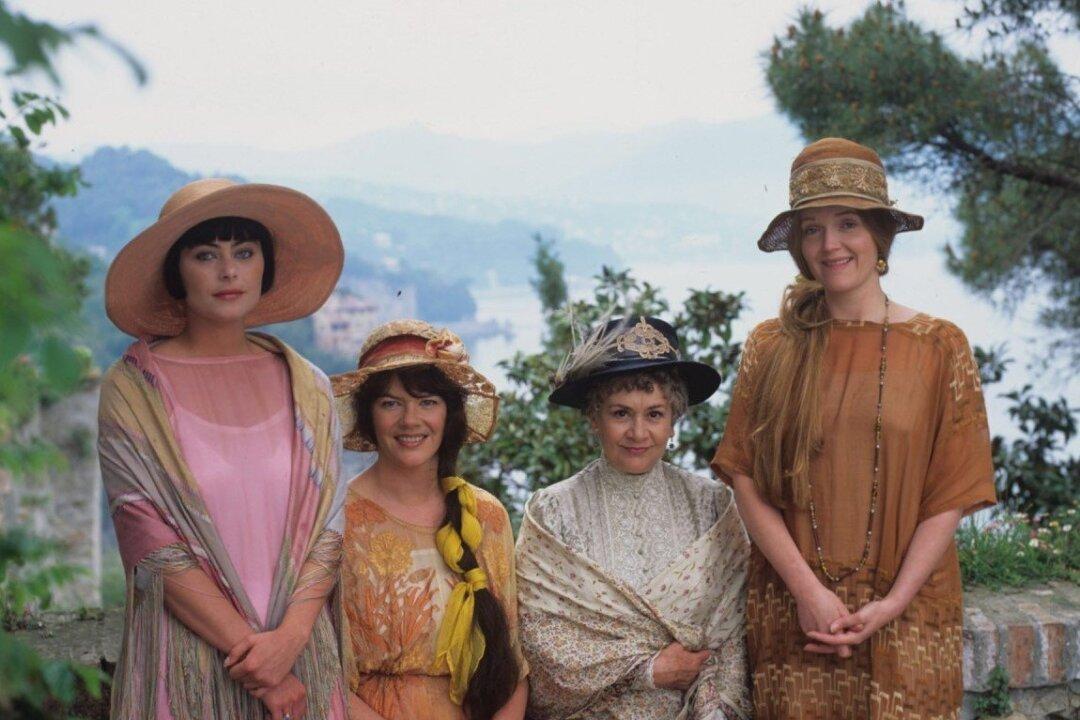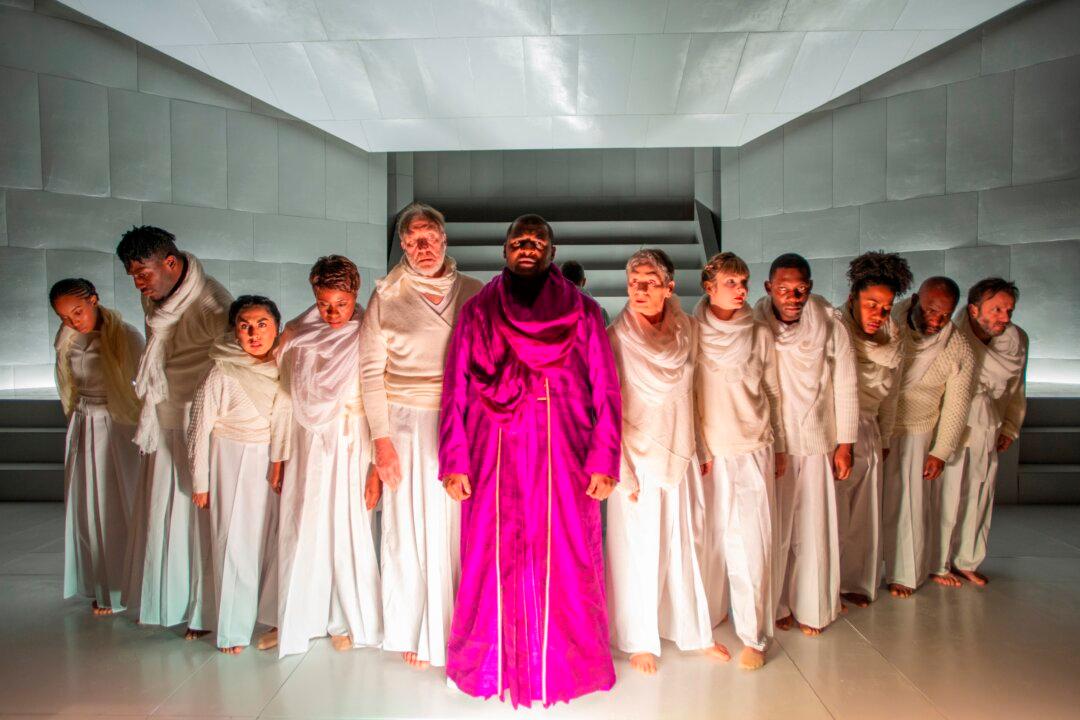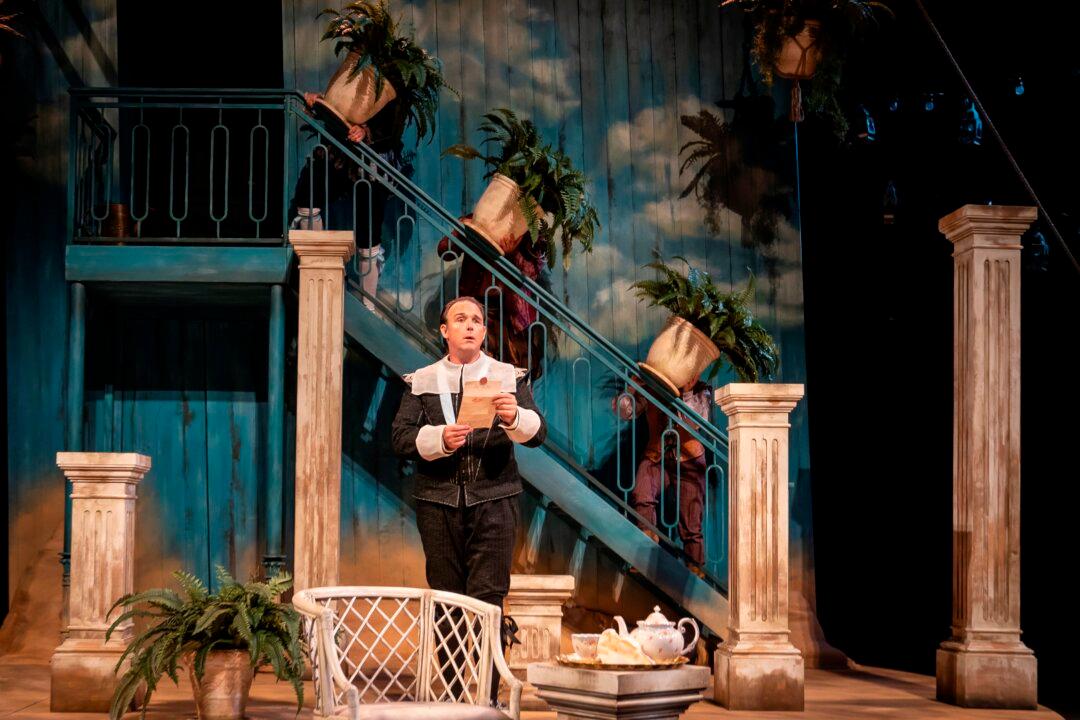“Costumes don’t make a character; they help an actor do his job. They allow the actor to become a character,” said James Madison Miller, an award-winning designer. The charismatic teacher and theater artist is retiring late this summer after 36 years of costume designing, choreographing, and directing at the University of Missouri and its professional Summer Repertory Theatre.
At this point in Miller’s career, designing costumes is as easy as falling off the proverbial log. But looked at from another perspective, it is a complicated process that involves the sum total of life experience, as Miller explained in a phone interview on June 3.

A rendering of Littlechap by Ross Weldon, a student inspired by Jim Miller, in the 1987 Summer Repetory Production of "Stop the World I Want to Get Off." Jim Miller is on the left in the photograph and the finished 3-D design on the actor on the right. Courtesy of James Miller





